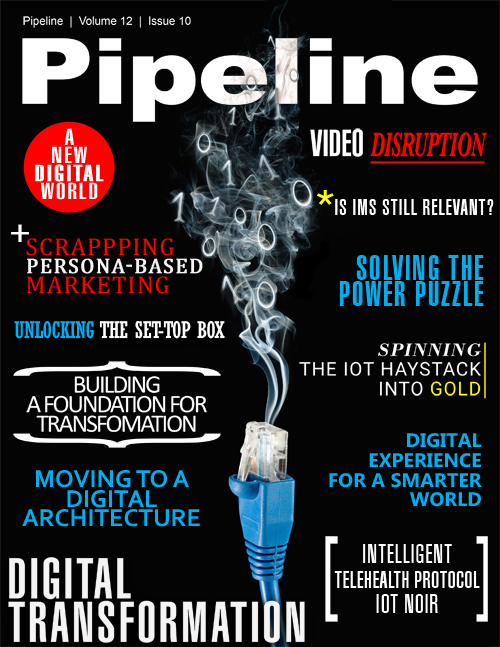Solving the Power Puzzle
Most modern OSP power supplies are more efficient. But older, non-optimized units represent an opportunity to improve OSP energy efficiency. Again, cost and ROI concerns stall upgrades.
Solutions are Possible
There is a way to cost-effectively improve the energy efficiency of cable’s edge: pick the right upgrades that achieve the majority of potential improvements and find new ways to fund them that limit capital costs. For edge facilities, an important upgrade is modern cooling technology and optimizing airflow. This upgrade alone reduces the power usage effectiveness (PUE) from over 3.0 to less than 2.0, especially if free-air cooling can be used. Other simple solutions such as plastic strips/curtains, blanking panels and ducting reduce the mix of hot and cool air, and provide greater energy efficiency at low capital costs. But given the diversity of edge facility layouts and sizes, careful planning is needed to create a solution that works for the majority of cable edge facilities. Participants involved in the SCTE’s Energy Management Subcommittee are focusing efforts here.
New, more efficient CRAC units still require large expenditures that must be justified. Companies like Hitachi, Bloomenergy, and others stepping up with solutions where vendors bear the cost of the capital equipment, labor to install, and other costs and shares the energy savings with the cable operator over a payback period. Hitachi calls this Energy Savings as a Service (ESaaS) and Bloomenergy calls its approach Bloom Electrons®. In both cases broadband providers avoid upfront costs and still get monthly energy savings.
If facilities are less than a year old, then you’re likely using modern ASHRAE/SCTE design practices and have advanced cooling technology that is energy efficient. If not, then a first step is to measure the PUE in the older facilities. If this ratio is greater than 2.0, you are likely spending more money on electricity than you should, and can start saving that money with simple upgrades, even without the upfront capital costs. In this manner, we can all contribute to making the broadband telecommunications industry greener and more competitive.



















